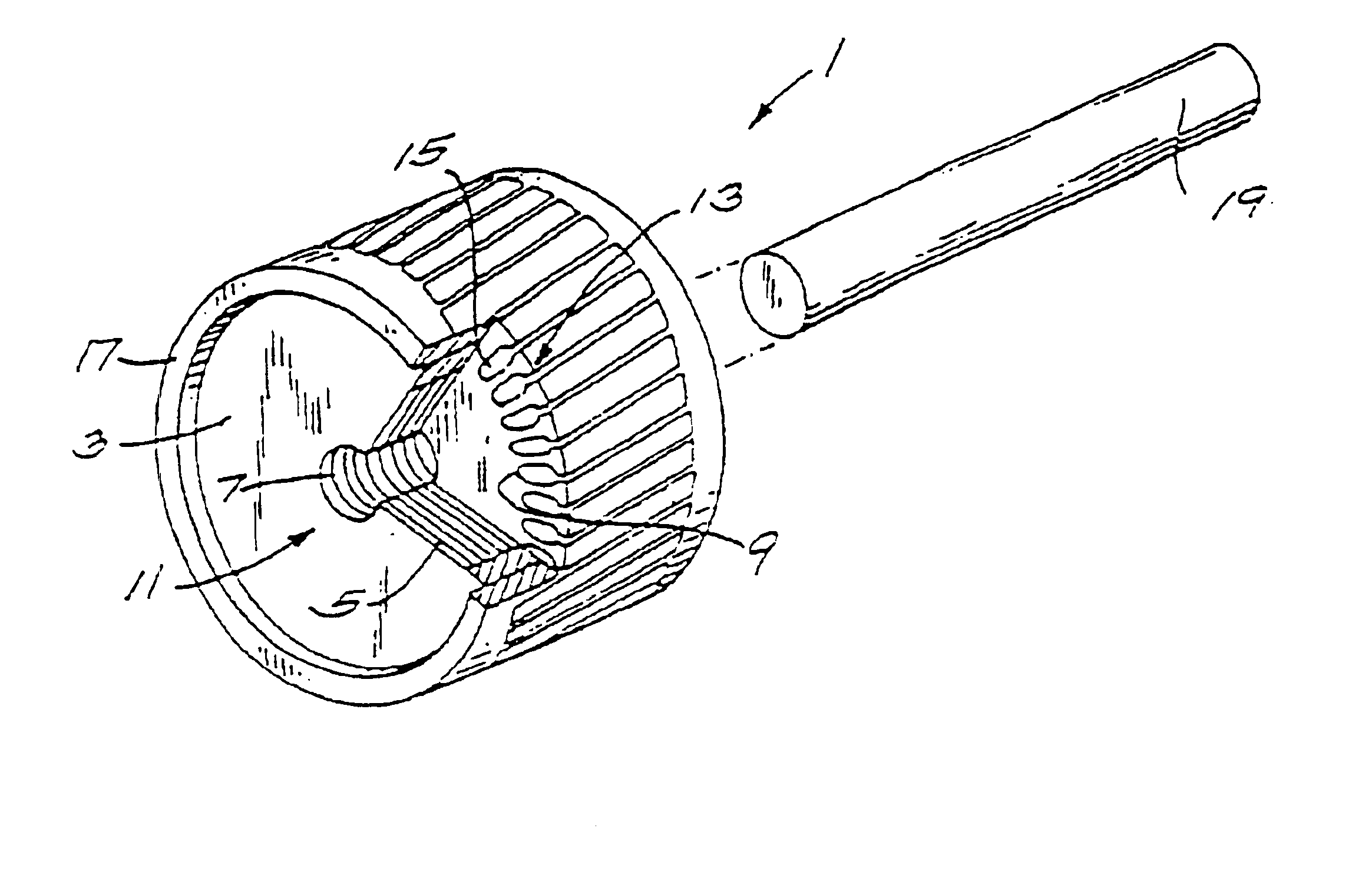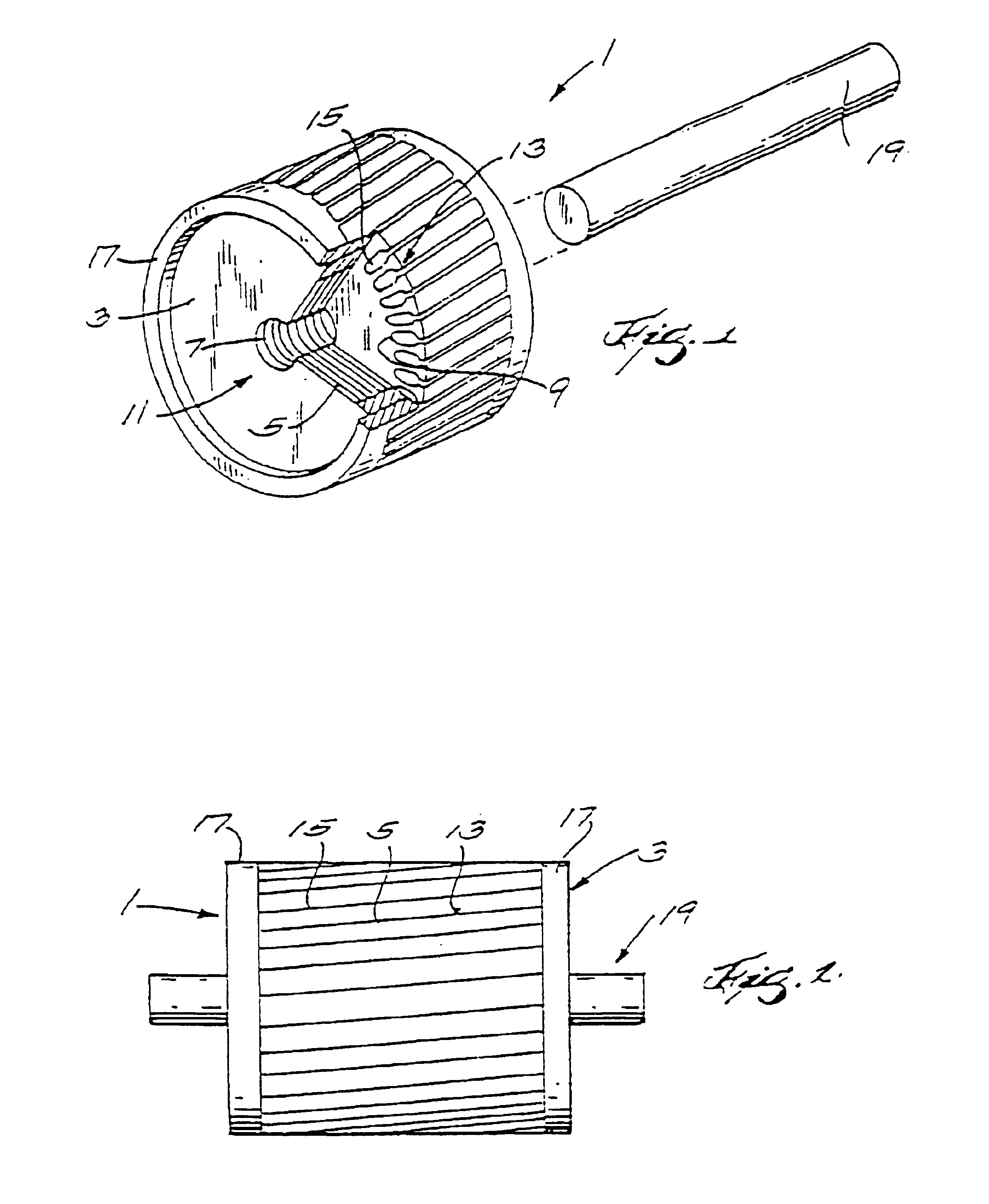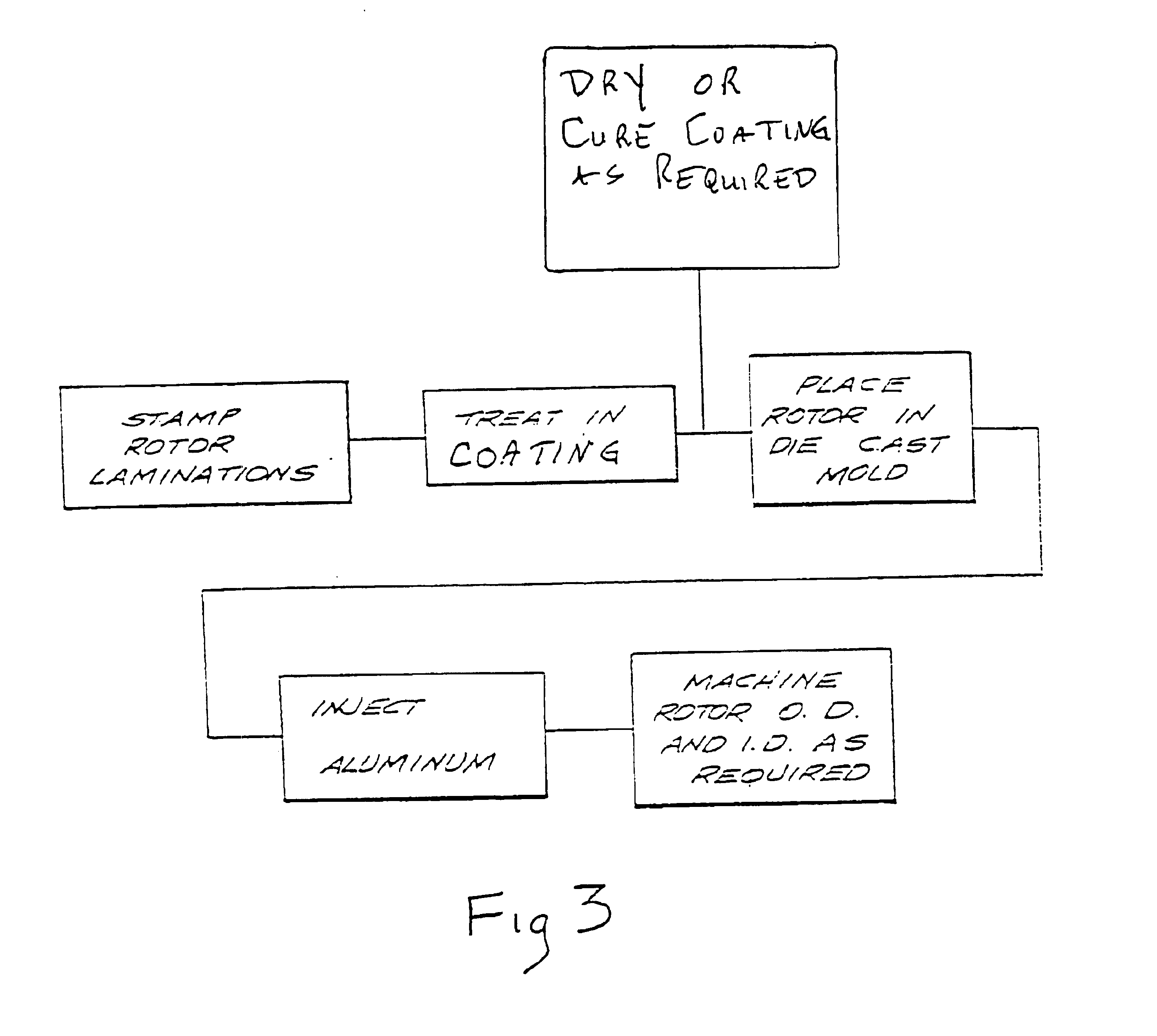Coating compositions for electronic components and other metal surfaces, and methods for making and using the compositions
- Summary
- Abstract
- Description
- Claims
- Application Information
AI Technical Summary
Benefits of technology
Problems solved by technology
Method used
Image
Examples
example 1
[0039]42 grams of M grade sodium silicate solution (PQ Corp.) were dilute with distilled water to 84 grams. Slowly stir in 2 grams of Cabosil M-5 fumed silica (Cabot Corp.) and stir with a glass stirring rod for 15 minutes. Add 9 grams Ludbx AM-30 Colloidal Suspension (Aldrich Chemical Co.) slowly while stirring with a glass stirring rod. Finally add 5.0 grams of sodium aluminate (5 wt % in water) solution slowly and stir for 15 minutes. A uniform aqueous coating solution was obtained.
example 2
[0040]The coating solution of Example 1 is applied to a steel substrate and dried at 85° C for 15 minutes to obtain a dry coating layer. The coating layer is further modified by treating it with a 10 wt % solution of Bacote 20 (Magnesium Electron) which contains ammonium zirconyl carbonate.
example 3
[0041]A solvent borne coating solution was prepared by mixing 73 grams tetra-ethyl orthosilicate (Aldrich Chemical Company) with 20 grams of reagent alcohol (Fisher Scientific) and mixing lightly with a stirring rod. Slowly stir in 2 grams of Cabosil TS-720 fumed silica (Cabot Corp.) and stir with a glass stirring rod for 15 minutes. Add 5 grams Zeolex 23-A (J.M. Huber Corp.) sodium aluminosilicate and stir with a glass stirring rod for 10 minutes. A uniform aqueous coating solution was obtained.
PUM
| Property | Measurement | Unit |
|---|---|---|
| Electrical resistance | aaaaa | aaaaa |
| Electrical conductor | aaaaa | aaaaa |
| Water solubility | aaaaa | aaaaa |
Abstract
Description
Claims
Application Information
 Login to View More
Login to View More - R&D
- Intellectual Property
- Life Sciences
- Materials
- Tech Scout
- Unparalleled Data Quality
- Higher Quality Content
- 60% Fewer Hallucinations
Browse by: Latest US Patents, China's latest patents, Technical Efficacy Thesaurus, Application Domain, Technology Topic, Popular Technical Reports.
© 2025 PatSnap. All rights reserved.Legal|Privacy policy|Modern Slavery Act Transparency Statement|Sitemap|About US| Contact US: help@patsnap.com



